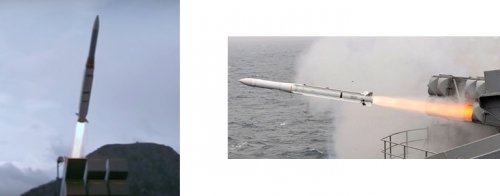bring_it_on
I really should change my personal text
- Joined
- 4 July 2013
- Messages
- 3,301
- Reaction score
- 2,752
IDEX 2015: Extended range air defence fires up
Raytheon is developing a new extended range (ER) variant of the AMRAAM (AIM-120 Advanced Medium-Range Air-to-Air Missile) for ground air defence in partnership with Kongsberg.
The AMRAAM-ER is part of the latest evolution of the company’s NASAMS launcher, Hans Christian Hagen, vice president of business development of Kongsberg’s Integrated Defence System, told Shephard at IDEX in Abu Dhabi.
Development work on the missile started in 2014 and the AMRAAM-ER uses the guidance system of the standard AMRAAM but married to the ESSM launcher to give it the additional range and altitude.
The additional range and altitude could not be disclosed but it is thought to be similar in capability to Raytheon’s MIM-23 Hawk air defence system of 40-50km and up to 45,000ft.
Ricky Freibert, vice president of business development at Raytheon, told Shephard that a demonstration will take place by the end of the year with production expected by 2019. He added that the algorithms in the guidance section are common with the AMRAAM so when that system evolves so will the ER variant.
NASAMS is available as a canister launcher system or as mobile one mounted on a 4x4 High Mobility Launcher (HML). Hagen said that there are only small modifications needed to the rail on the launcher because the ER variant is longer and to the control system software. The rail is the same as that on the F-16.
However, the AMRAAM-ER is heavier than the AMRAAM already fired from the NASAMS. The additional weight means that the HML vehicle used in the mobile system would need adapting to carry the weight, but it would be able to carry two ER missiles in its current form. The HML can carry six standard AMRAAM missiles.
Hagen said the canister launch NASAMS can hold six missiles each. There are 12 canister launchers in a battalion so it would offer a total of 72 rounds that can be directed at 72 different targets simultaneously if required as it is a fire-and-forget missile.
He added that the fire direction controllers for the NASAMS launchers are connected together by VHF radio in a network that is almost self-healing, if one node drops out then the launcher can connect to another controller allowing the GBAD system to be spread out over a wide area even in mountainous terrain.
The AMRAAM-ER is available to all NASAMS users. Oman selected the NASAMS system in January 2014.





